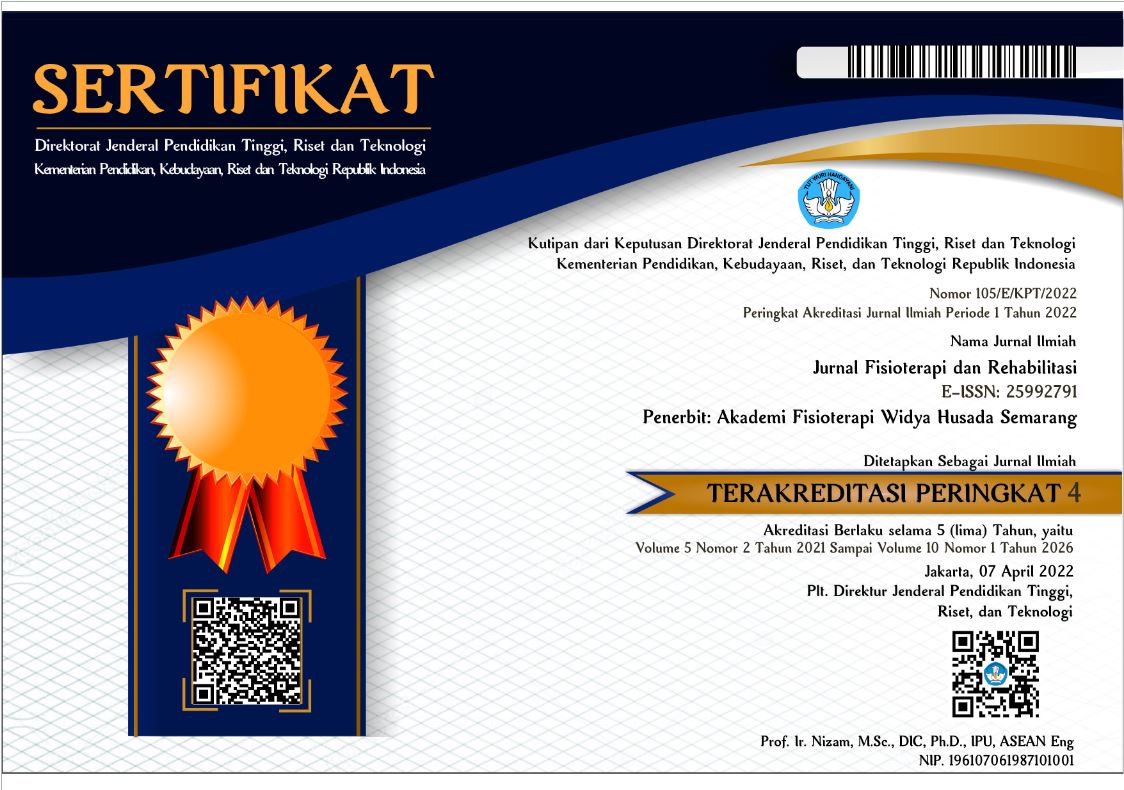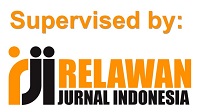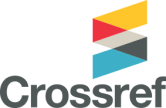PENGARUH TRAKSI TELUNGKUP PADA MCKENZI DAN MASSAGE TERHADAP NYERI PUNGGUNG BAWAH AKIBAT HERNIA NUKLEUS PULPOSUS DI KLINIK FISIOTERAPI KARYASUCI PEMATANG SIANTAR TAHUN 2017
Abstract
Nyeri punggung bawah menimbulkan rasa kurang nyaman dan berkepanjangan membuat kejenuhan akibat permasalahan yang kurang kunjung ada perubahan seperti yang diharapkan. Menurut ilmuan banyak yang kontroversial tentang metode terapinya juga masih menimbulkan kontroversi dan hasilnyapun sering kurang memuaskan.Metode penelitian ini adalah Quasi exsperimen dengan pendekatan kontrol grup pre-test& post-test. Desain paralel digunakan untuk membandingkan antar dua kelompok (grup compersion) independent yaitu kelompok kontrol dan kelompok intervensi penelitian ini Penelitian rancangan pre-test-post-test dengan besar sampel 20 responden untuk masing-masing kelompok. Teknik penarikan sampel yang digunakam adalah probability sampling dengan pendekatan teknih purposive sampling. Data dianalisis dengan menggunakan metode independent t-test. Data statistik menunjukkan penurunan nyeri untuk kelompok pertama dan kelompok kedua setelah intervensi p= 0,00 (< 0,05). Hal ini menjelaskan bahwa ada Pengaruh Traksi telungkup pada Mc kenzie dan massage terhadap nyeri punggung bawah akibat Hernia Nucleus Pulposus (HNP) di klinik Physioterapy Karya Suci Pematang Siantar.Traksi Telungkup pada Mc Kenzie dan Massage baik untuk penurunan rasa nyeri disebabkan oleh karena adanya penguluran dari pada otot pinggang sehingga terjadi relaksasi otot dan terjadi speregangan dari interdiscus vertebralis lumbal. Penderita nyeri punggung bawah pada HNP diharapkan dapat selalu menjaga posisi duduk dan mencegah gerakan membungkuk secara tiba-tiba agar mencegah kekambuhan.
Downloads

This work is licensed under a Creative Commons Attribution 4.0 International License.
The use of the article will be governed by the Creative Commons Attribution license as currently displayed on Creative Commons Attribution 4.0 International License.
Author’s Warranties
The author warrants that the article is original, written by stated author(s), has not been published before, contains no unlawful statements, does not infringe the rights of others, is subject to copyright that is vested exclusively in the author and free of any third party rights, and that any necessary written permissions to quote from other sources have been obtained by the author(s).
User Rights
JFR's spirit is to disseminate articles published are as free as possible. Under the Creative Commons license, JFR permits users to copy, distribute, display, and perform the work. Users will also need to attribute authors and JFR on distributing works in the journal.
Rights of Authors
Authors retain all their rights to the published works, such as (but not limited to) the following rights;
- Copyright and other proprietary rights relating to the article, such as patent rights,
- The right to use the substance of the article in own future works, including lectures and books,
- The right to reproduce the article for own purposes,
- The right to self-archive the article
Co-Authorship
If the article was jointly prepared by other authors, any authors submitting the manuscript warrants that he/she has been authorized by all co-authors to be agreed on this copyright and license notice (agreement) on their behalf, and agrees to inform his/her co-authors of the terms of this policy. JFR will not be held liable for anything that may arise due to the author(s) internal dispute. JFR will only communicate with the corresponding author.
Miscellaneous
JFR will publish the article (or have it published) in the journal if the article’s editorial process is successfully completed. JFR's editors may modify the article to a style of punctuation, spelling, capitalization, referencing and usage that deems appropriate. The author acknowledges that the article may be published so that it will be publicly accessible and such access will be free of charge for the readers as mentioned in point 3.












